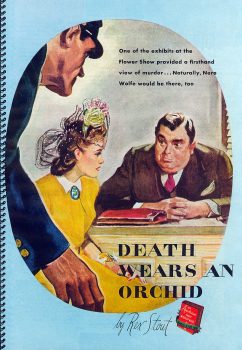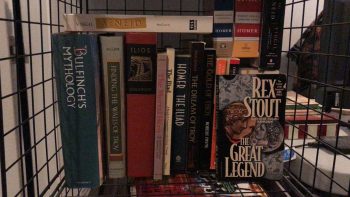Books.by – A Viable Amazon Alternative?

Good afterevenmorn!
Let’s talk self-publishing. Particularly, print on demand options.
In this particular climate, I know a number of book buyers and independent and self publishers looking to make an impact by being more mindful of where they spend their money and with whom they do business. It is, however, incredibly difficult to do any kind of individual action, given the absolute chokehold Amazon has in the book space. Those of us who are self-published know it well. Amazon is where most book buyers go when shopping online. And it’s where a large number of independent publishers go to have their books printed and shipped. Print on demand is a great technology, especially for those of us who do not have the funds to do an entire print run, and no space to store the books in any case.







